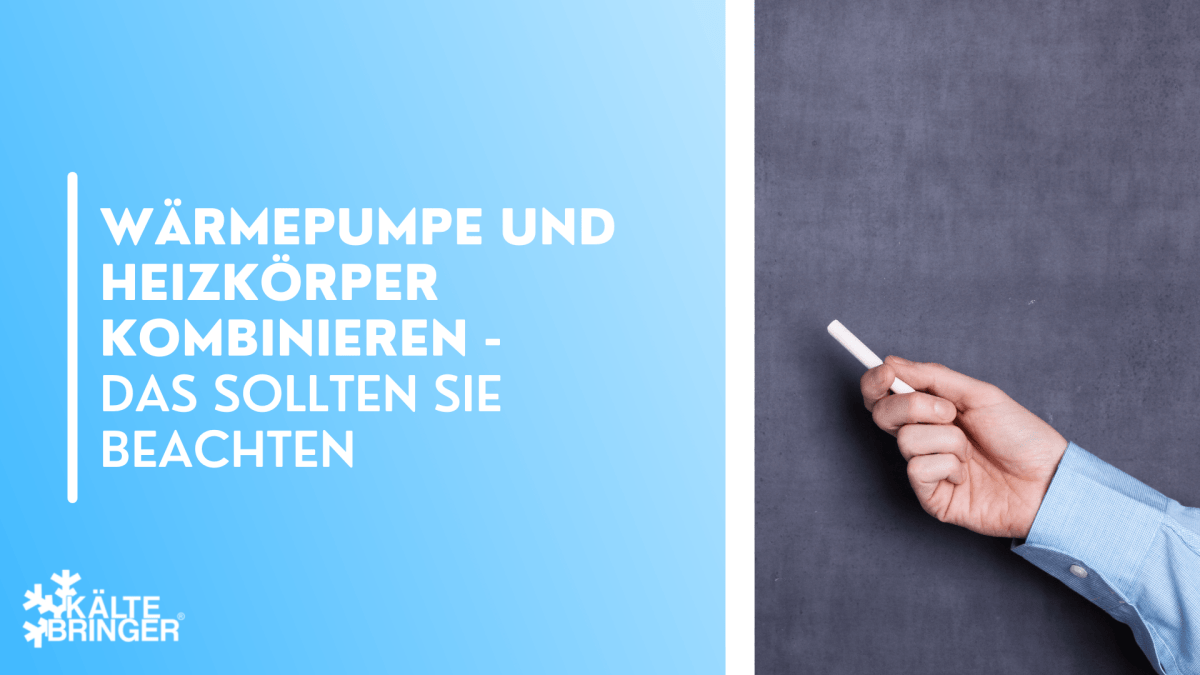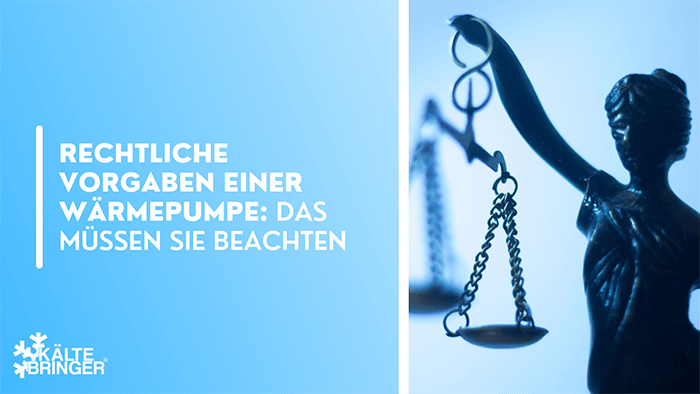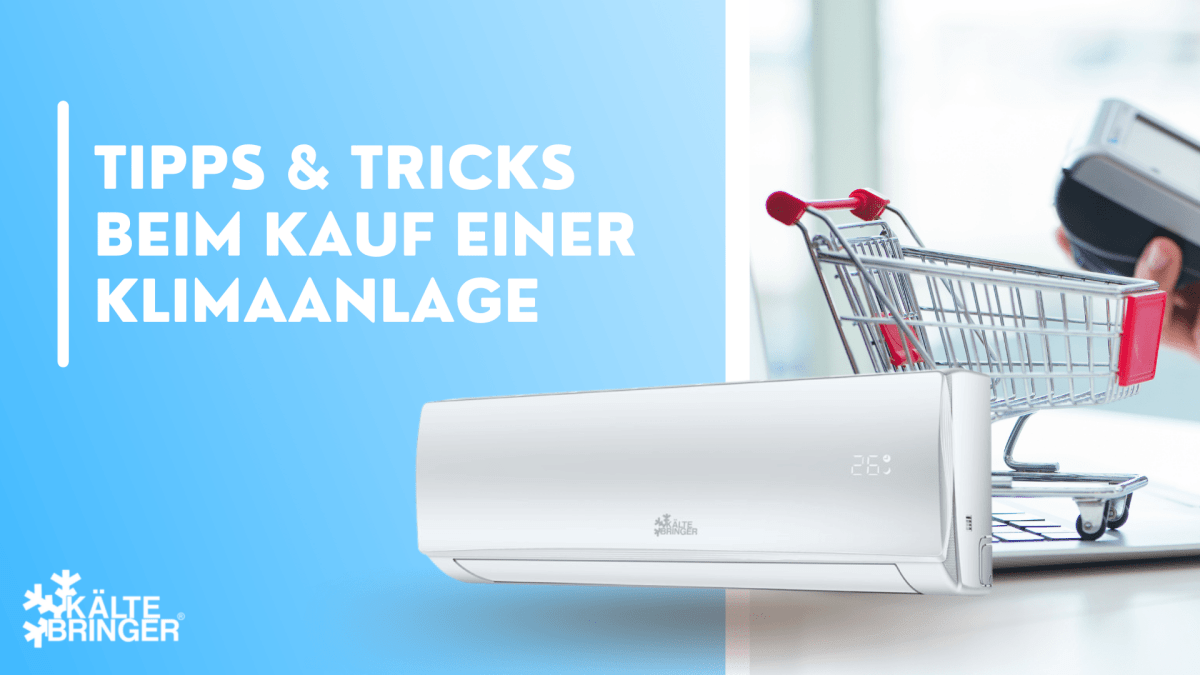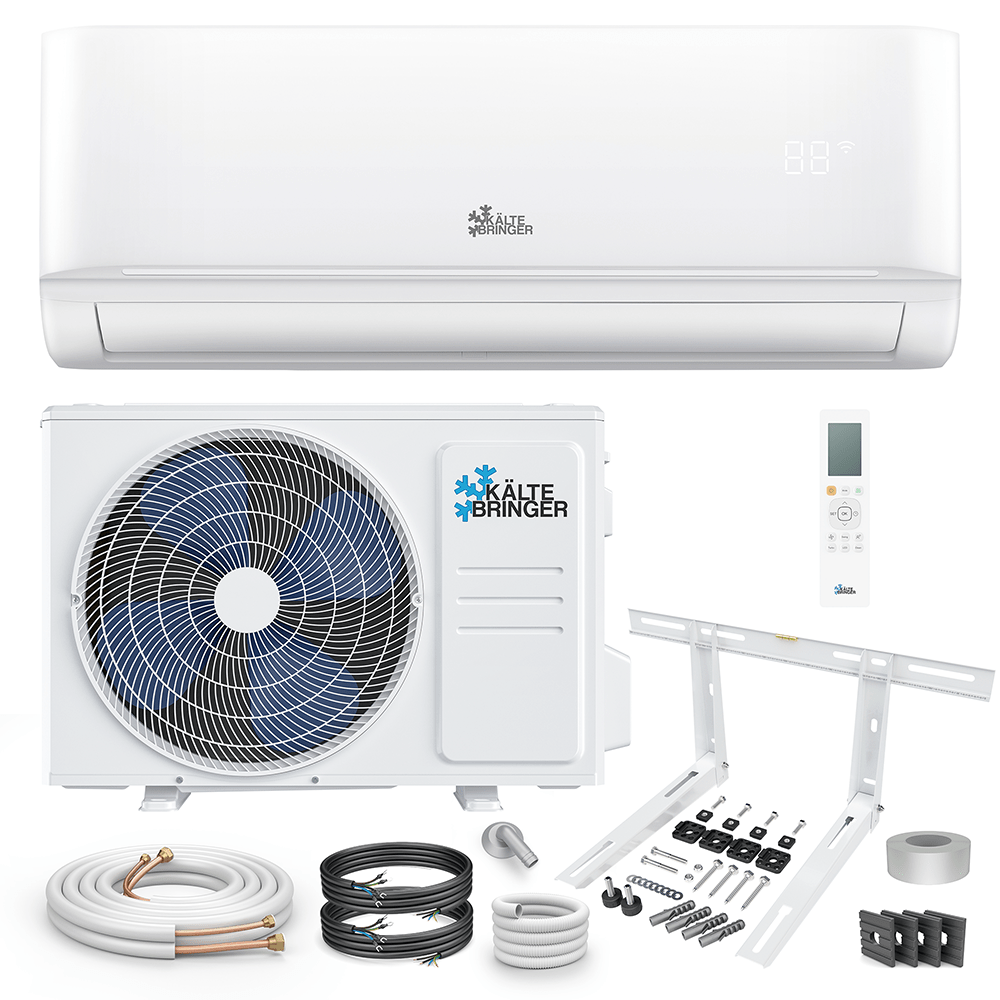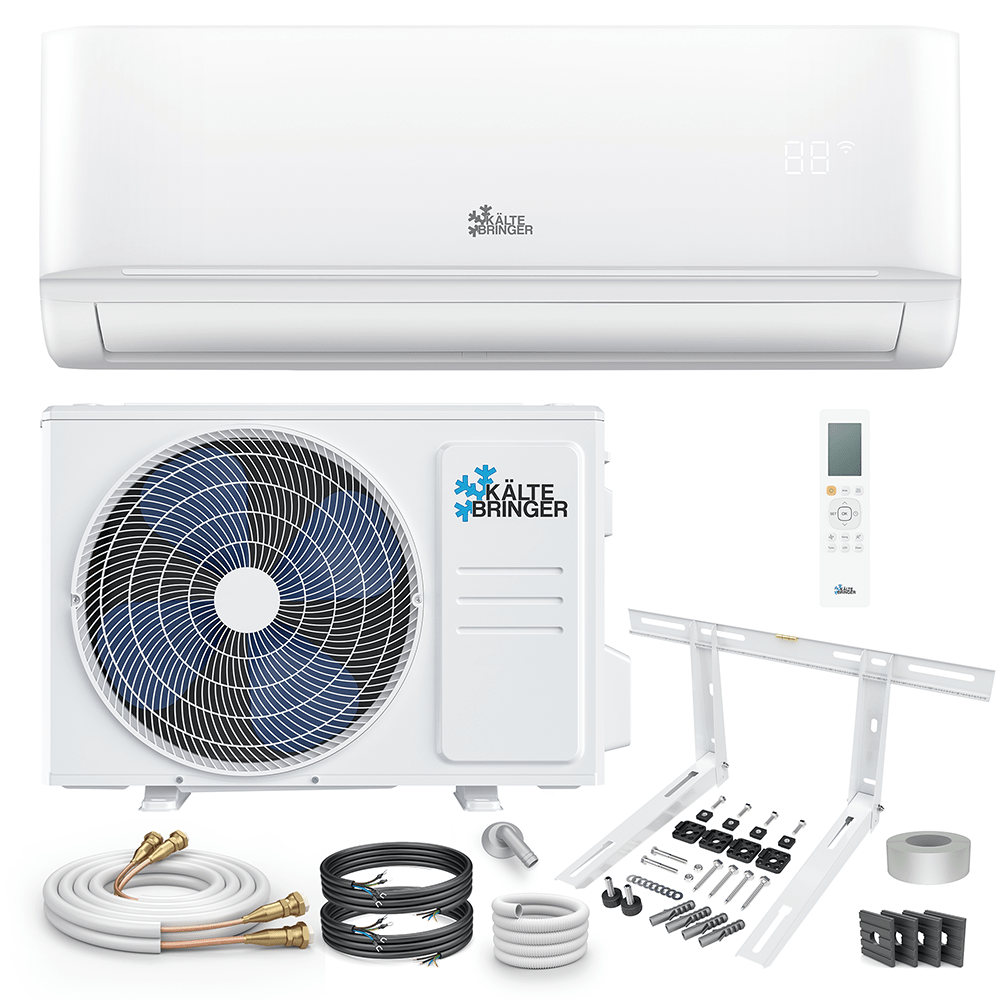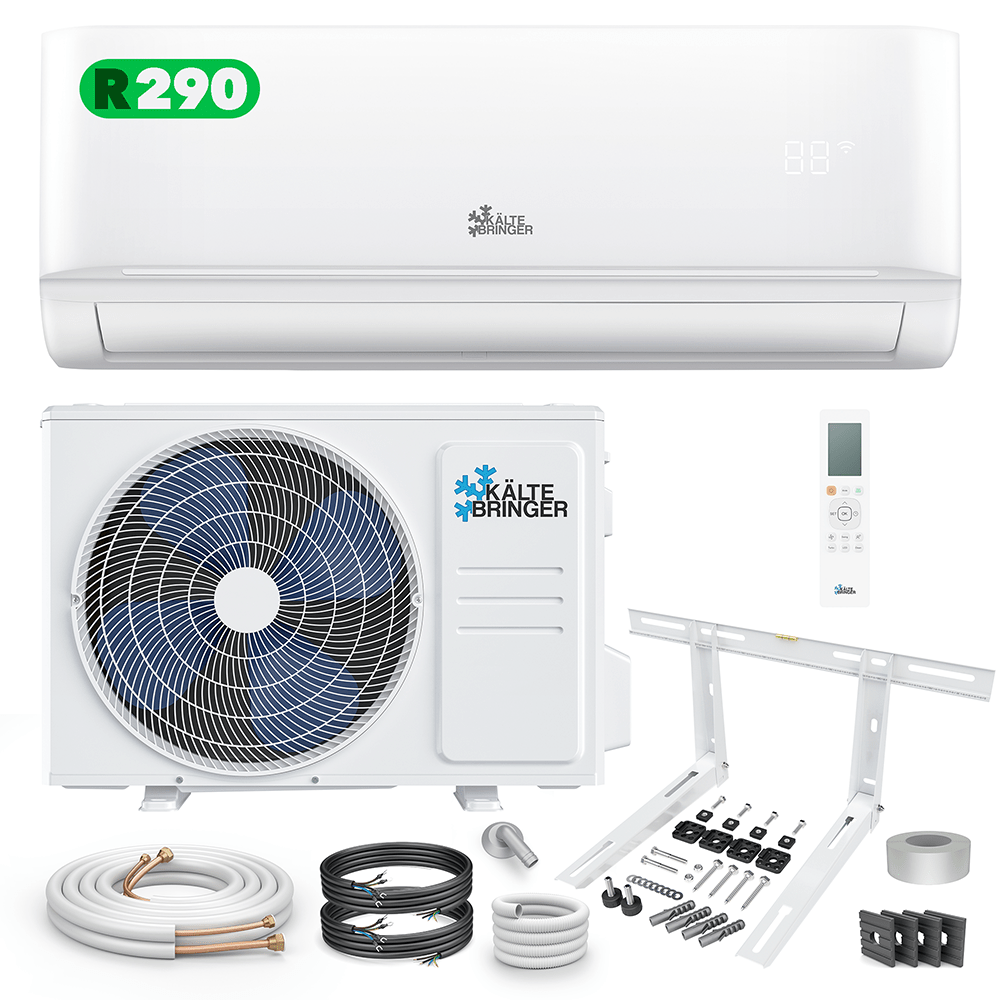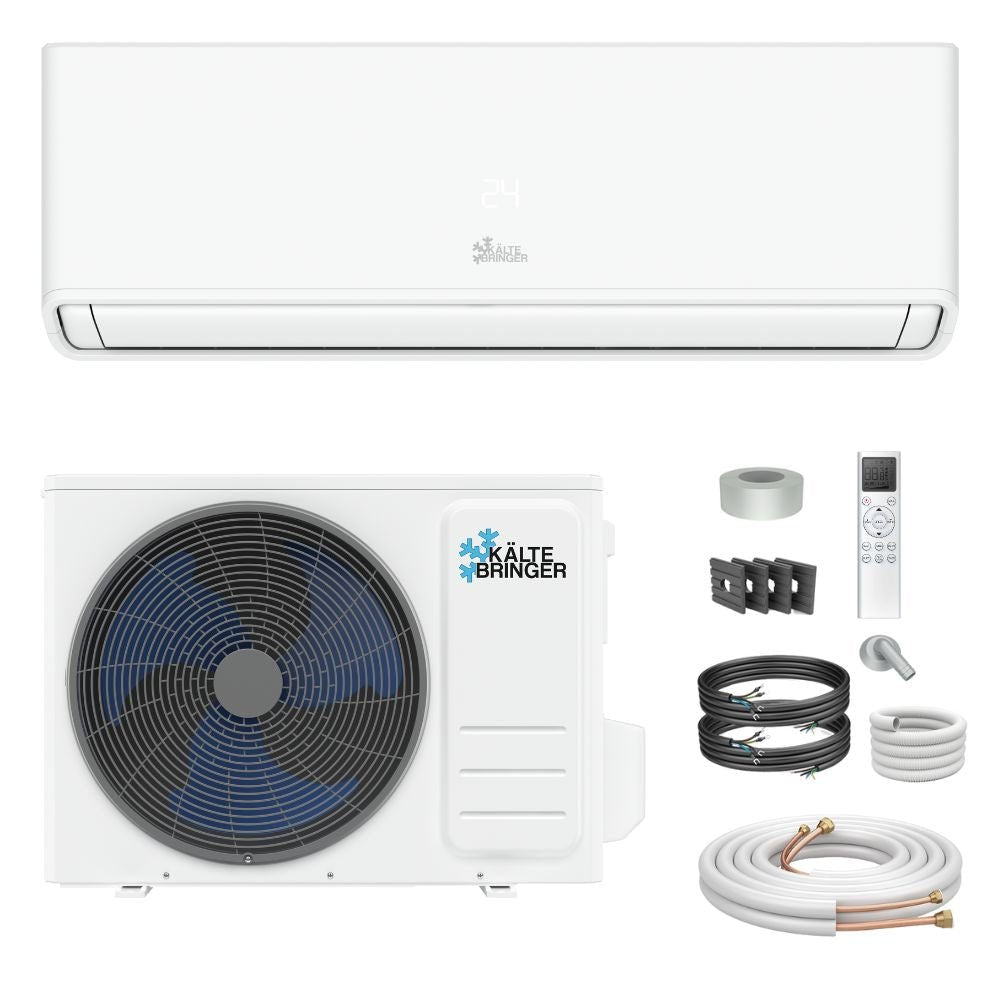In recent years, heat pumps have also become increasingly popular as heating systems in Europe. Many only see the possibility of using the systems as the sole heating system. However, heat pumps are particularly useful when they are used as additional or demand heating. In this article we have summarized the most important points to consider when combining convection heating with a heat pump.
Advantages of "hybrid heating"
Gas and oil heating systems do not have the best climate balance, which is why the trend is increasingly moving away from these systems. Both types of heating work with fossil fuels, which are becoming less and less, and therefore they have no future. Nevertheless, there are advantages with these types of heating that speak against immediate abolition.
Above all, it is the even production of heat throughout the year. Regardless of the outside temperature, the gas heating ensures an even climate. The heat pump cannot maintain this standard, in winter the heating output inevitably decreases. This is one of the points that speaks for the use of the so-called "hybrid heating" consisting of gas heating and heat pump.
The financial aspect always plays a role. The heating system is one of the largest investments that must be made when building a house. Up to 25,000 euros often flow into the purchase and installation of a convection heater. A complete expansion or shutdown would therefore in most cases make no economic sense.
The much better option is maintenance and modernization of the system at the same time. Especially systems that are less than 30 years old can often be combined very well with the advantages of a heat pump. In this way you protect the environment and achieve a higher heating temperature without consuming additional gas. The cost aspect should also not be ignored with heating prices that are currently increasing.
By retrofitting a heat pump, you also benefit from the fact that virtually no heating is required during spring and summer, since enough ambient heat can be extracted to generate hot water. Even if the amounts involved are not large, a lot of money is saved over the years.
In many federal states, the installation of a heat pump is still subsidized. Subsidies of up to 30 percent are possible, but this must be clarified in advance depending on the region.
However, heat pumps do not always have to be large, complex systems. Many air conditioning systems, including those from Kältebringer, now work with an integrated air-to-air heat pump. The devices have the advantage of a very compact design and the cooling function in summer. Various articles on the topic of heat pumps can be found on our homepage under the menu item "Guide".
A heat pump makes sense in these houses
Heat pumps are particularly popular in new buildings, since this type of heating is taken into account directly in the planning. In particular, so-called brine-water heat pumps are somewhat more complex to install due to the drilling in the ground. In order for a heat pump to be retrofitted, a number of conditions must be in place.
The first important point is sufficient insulation in the rooms. Heat pumps can only warm up a room with a comparatively low heat output, so they need a little longer than convection heating to get up to temperature. So that this heat does not disappear again immediately, there must be good to very good insulation in the house.
For which houses is an air-to-air heat pump from Kältebringer less suitable? Attached is a short list:
- Garden houses or arbours without insulation
- container or trailer
- old building apartments
- Very old family houses
- basement apartments
Here, heating with the heat pump alone is not worthwhile, but it can still be useful as additional heating. In the summer, the permanently installed heating system can be omitted, since the heat pump provides hot water. A decision must always be made on a case-by-case basis!
General "rules" for operating a hybrid heating system
With the two heaters, the heat pump always has priority. This means that if this supplies enough energy, your gas or oil heating is free. So you should always make sure that both heating systems are not running at the same time by mistake. The exact coordination of the two heaters is usually done by the specialist staff who also install your cold bringer air conditioning system.
Air-to-air heat pumps work most effectively in summer. The energy gained from this can be used, for example, to heat water or regulate the temperature of a garage. If you want to provide warmth, especially in the cold winter, you should rather use the slightly more expensive brine-water heat pump, which draws the heat from the ground. Compensating for the air-to-air heat pump, the gas boiler can also start up in winter to keep the heat in the room.
Tip: Having your own photovoltaic system means that the heat pump can be operated almost free of charge. In addition, the CO2 emissions are further reduced, which of course has a positive effect on the value of the property and one's own conscience.
Before installing your Kältebringer heat pump, you should calculate your individual heating requirements so that the heat output is not too high. The location must also be well chosen, because only then can the heat pump distribute the heating energy generated well. You can find the heating cost calculator on the Bringer website, which you can use to determine your individual heat requirements!
Important information: From August 15, 2022 there will no longer be any subsidies for gas hybrid heating systems, but only for EE hybrid heating systems, i.e. heating systems that are operated entirely with renewable energies. However, this new regulation is a good incentive to also invest in your own photovoltaic system in order to further reduce your personal CO2 footprint.
Conclusion
Hybrid heating is a good compromise between complete climate neutrality and the advantages of oil or gas heating. Due to the comparatively low acquisition costs and the uncomplicated integration into the existing heating system, the changeover is only noticeable in the form of lower heating costs. Depending on the area of application, the heat pump can draw its energy from the ground, the air or even from the water and can therefore be used at almost any location.
Especially in the transitional periods, when oil and gas suddenly become very expensive, the heat pump is easy on the wallet after only a short operating time. In summer, you can even switch off the gas or oil heating completely by heating the hot water with a heat pump.
Cool air conditioners with built-in air-to-air heat pumps are the cheapest option for converting your living space to hybrid operation. The structural changes for the installation are only minor and the operation can also be carried out by laymen. You will find many more blogs on the subject of air conditioning and heat pumps in the Guides section of our website.


